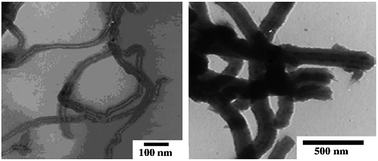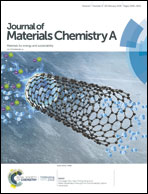A review of electrode materials based on core–shell nanostructures for electrochemical supercapacitors
Abstract
Supercapacitors (SCs) have attracted much attention as energy storage devices due to their high power density, fast charge/discharge capability, and long cycling life. The core/shell structure design of the electrocapacitive material is one of the effective ways to achieve large surface area and high conductivity for providing more faradaic reaction sites and accelerating the charge transfer, respectively, and therefore to enhance the electrocapacitive performance of SCs. To better understand the core/shell structure, this review paper compares the material category, morphology, and synthesis methods for the core/shell structures as well as their electrochemical performances for the corresponding SCs. The electroactive materials applied in the core/shell structure include carbon materials, conducting polymers, metals, metal hydroxides, metal oxides and metal sulfides, while zero-dimensional, one-dimensional, two-dimensional, and three-dimensional structures are considered for the core/shell material. This review article outlines the most commonly used methods for making the core and shell materials over the past decade (2007–2018), and points out the most efficient combination of the material categories and morphologies for the core/shell structure. By understanding the details of the core/shell materials, more efficient design regarding the choices of material category and morphology can be achieved, and therefore better electrocapacitive performance for the resulting SCs can be realized.

- This article is part of the themed collection: Recent Review Articles


 Please wait while we load your content...
Please wait while we load your content...